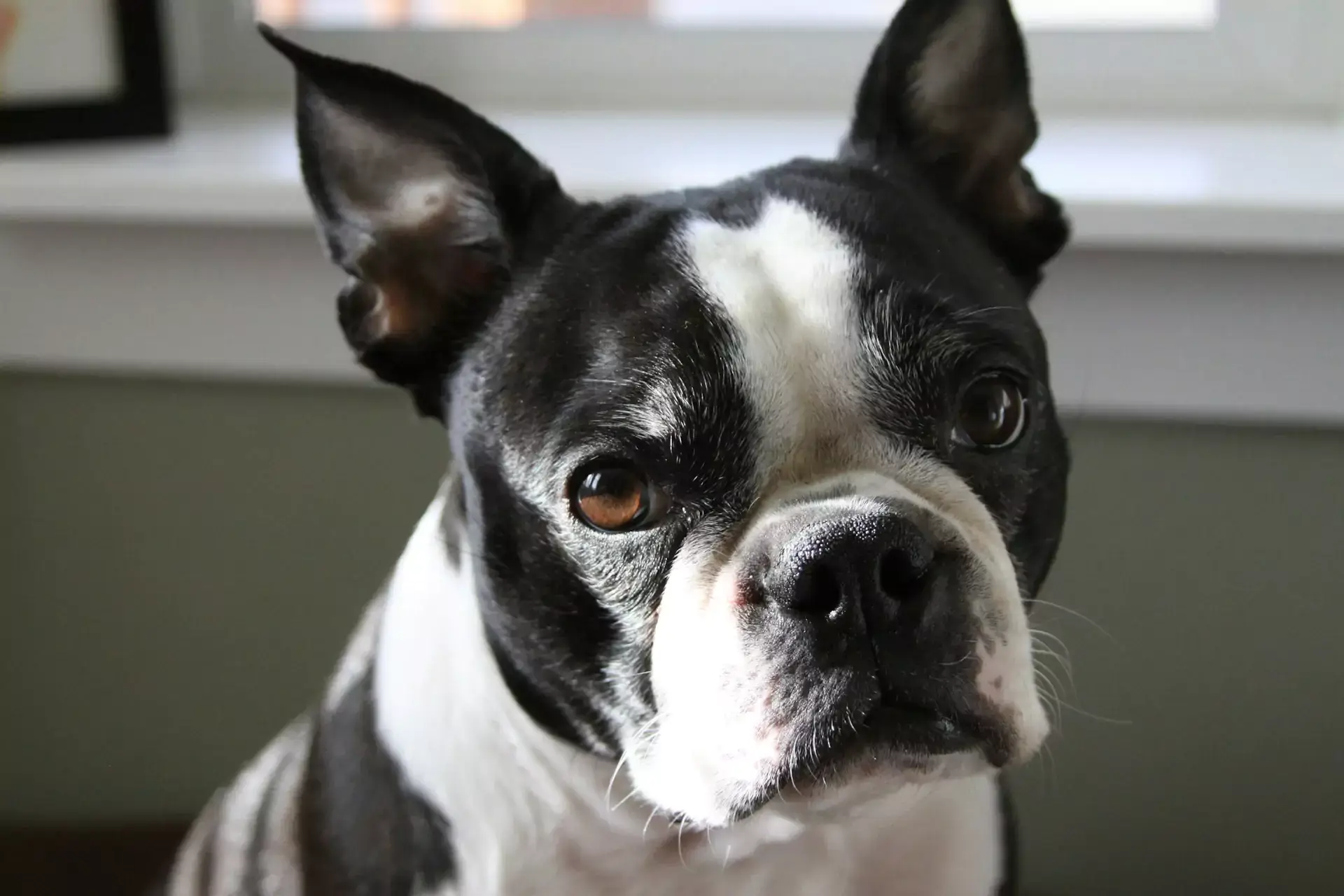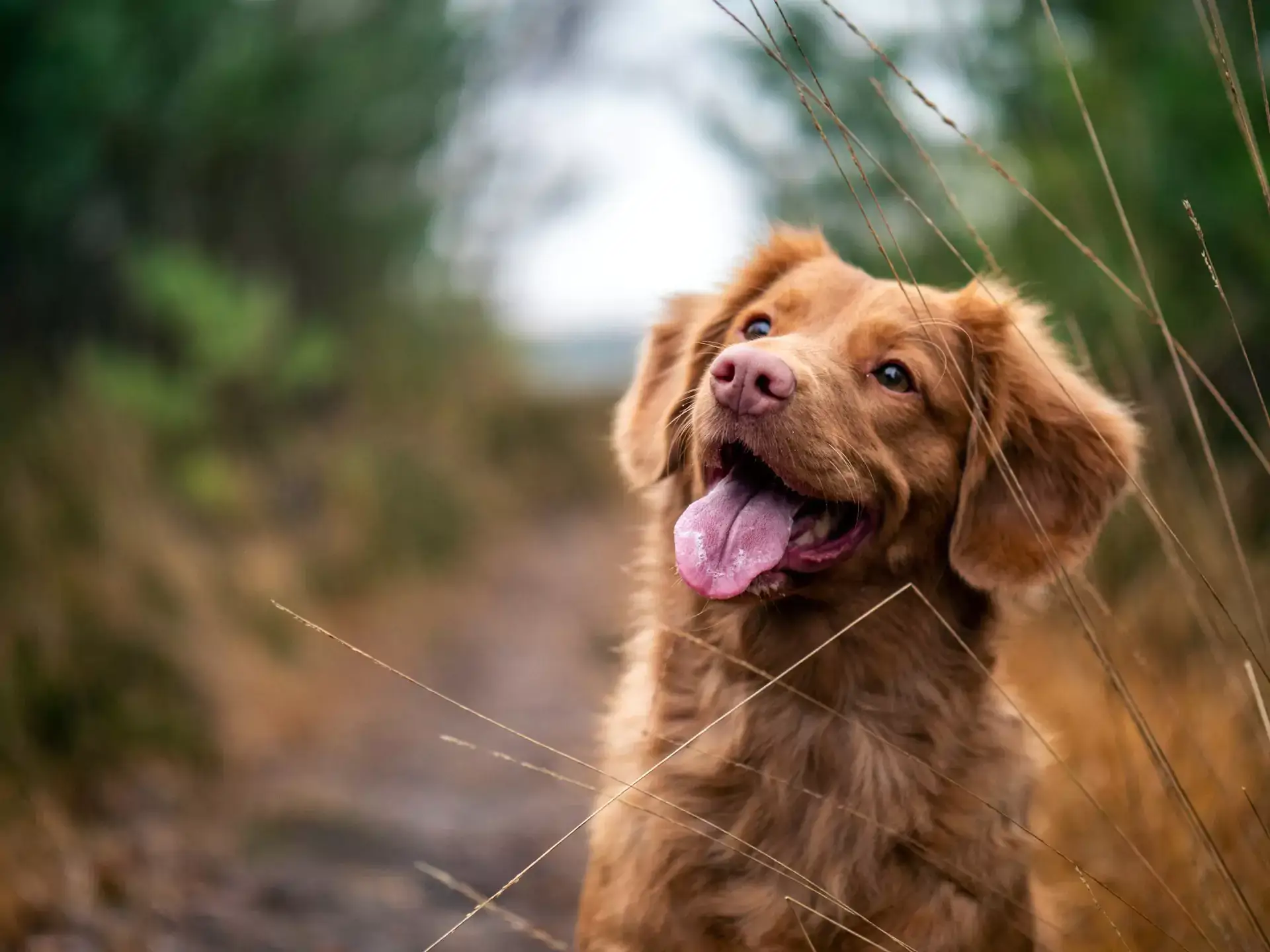Caring For A Longhaired Cat
Is your kitty friend’s hair long? While all cats are adorable, longhaired cats are frequently particularly charming. Fluffy can wear a variety of colors and patterns, but she looks especially stunning with flowing locks. There aren’t many drawbacks to having a wonderfully cute pet, but you’ll need to aid your furry buddy with her grooming routine. Continue reading for ideas on how to care for a longhaired cat from a local Brantford, ON veterinarian.
Are Long-Haired Cats Difficult To Care For?
For the most part, longhaired cats require the same care as any other feline. Fluffy will require nutritious food, a clean litterbox, comfortable shelter, and, of course, regular veterinary care. That will cover the fundamentals. To get that engine running, you’ll also need to supply love, toys, and lap space. (Your feline overlord will also enjoy catnip, sunbeams, and boxes.)
The main difference between longhaired kitties and shorthaired ones is that Fluffy will need more assistance with grooming. Cats are naturally hygienic. This is one of the best parts about having kitties, other than the fact that they are adorable, cuddly, fun, and amusing. Your feline friend will take time out of her hectic daily napping schedule to groom herself and keep her coat in good condition. That’s a lot of fur to keep track of!
However, you don’t need to do much. Simply brush your pet on a regular basis. This will not only make things easier for Fluffy, but also for you, as you will not have to deal with cat fur everywhere. You’ll use a brush to pick up any loose fur before it sticks to your sofa.
What Are Some Long-Haired Kitty Breeds?
The International Cat Association now recognizes 73 different cat breeds. We think they are absolutely adorable!
Here are some of the floofers listed:
- Birman
- Persian
- Himalayan
- Siberian
- Ragdoll
- Maine Coon
- Norwegian Forest Cat
- Turkish Angora
- Turkish Van
- British Longhair
- Persian
Of course, there are plenty of fluffy mixed-breed cats, as well as plenty with medium fur.
How Do You Groom A Long-Haired Cat?
Brushing Fluffy is straightforward, providing she doesn’t mind. You’ll want to wait until your kitty companion is relaxed. (Given that cats spend so much of their time napping, this shouldn’t take long.) If your cat is a lap cat, wait until she has draped herself across your lap. Simply begin caressing her in the direction of her fur. Then, include the brush.
Many cats love the grooming process. It most likely reminds Fluffy of when she was younger and her mother would groom her. Bonded cats frequently groom each other. This is not limited to cats; horses, primates, and birds also do it. Fluffy may start to purr or even lick your hand.
Of course, our feline buddies are all unique. Some cats love the grooming process. Others? Not so much. You don’t want to force anything. If your pet will only tolerate a few brush strokes at a time, you may need to spread those sessions out. You do not want to try to force the issue. That will just make her more resistant to being groomed in the future. It’s also an excellent way to get yourself scratched.
Aside from that, we’d like to point out that you should try brushing your pet’s entire body, not just her back. Long haired cats frequently get tangles in their ‘armpits’, so your pet may require additional assistance there.
How Often Should You Groom A Long-Haired Cat?
This will vary a little. If your cat is particularly fluffy, brush her every day. Older cats may require further assistance and should be brushed more frequently. However, in most circumstances, you should be able to brush your cat once or twice every week. You may need to brush Fluffy a bit more often during shedding season.
Should I Give My Cat A Bath?
You should not have to bathe your cat. However, if you have a kitten, it’s a good idea to get him acquainted with the process. That way, you’ll both have it easier if she gets something trapped in her fur.
There are a few disclaimers here. (Maybe we should call them catveats.) The most important thing is to avoid bathing your pet too often. This would rob her skin and fur of their natural oils. This could make her look dry and frizzy, and could even cause skin irritation.
It’s also critical to use the correct tools and procedures. Get a mild shampoo designed specifically for cats. Fluffy cannot handle human-made ones. Also, use lukewarm water, not boiling. Finally, avoid getting suds into your cat’s eyes, ears, nose, or mouth. Rinse with a pitcher. Alternatively, you can use a face cloth to clean your cat’s head.
Something else to remember? You should never bathe a matted cat. That will just exacerbate matters (or mats, in this case.)
What Should I Do If My Cat Gets Matted?
Mats are not unusual on fluffy cats. Older cats are especially vulnerable to them. There are a number of causes behind this. For starters, your pet’s ability to bend and stretch will deteriorate as she ages. Furthermore, elderly cats’ skin may produce more oil than that of younger cats. This can also result in mating.
However, matting might occasionally indicate a medical problem. If your kitty companion is developing a lot of mats, consult your veterinarian.
If you notice a mat on your cat, remove it gently. You shouldn’t pull too hard. Cats’ skin is very sensitive and easily ripped. You might have to put in some extra effort. Petting your cat and even giving her a treat will help to reassure her.
Start at the end of the mat. You might wish to apply a detangling spray to it. You may want to think about purchasing a specific mat-removal comb.
Severe matting may require shaves. You might be able to get a little one out by yourself, but large mats would necessitate contacting your veterinarian or groomer. Be extremely cautious when cutting mats. It’s easy to unintentionally cut your feline friend!
Sometimes fluffy cats need to be shaved. This is frequently the case when cats grow too elderly or ill to care for their fur. Chubby cats have difficulty bending and stretching to reach their entire bodies. This is not something you should ever attempt at home. Speak with your Brantford, ON vet or groomer.
Are Long-Haired Cats More Prone To Hairballs Than Shorthaired Ones?
Hairballs are an unintended consequence of one of Fluffy’s best qualities: her cleanliness. When washing herself, your pet will unavoidably swallow part of her own fur. Unfortunately, cats cannot digest their own fur. We don’t need to go into detail about what happens next, except to say that it isn’t the best part of having a cat. It’s no more fun for the kitty than it is for the human.
Hairballs are more than just an unpleasant inconvenience. They can actually be harmful. Occasionally, cats are unable to eliminate hairballs in the typical manner. If the hairball becomes caught in Fluffy’s gastrointestinal tract, it may produce a blockage, which may be exceedingly painful and hazardous.
Also, ensure that your feline companion receives adequate nutrition and has access to fresh water at all times. If your pet appears to be producing a lot of hairballs, consult your Brantford, ON veterinarian.
Make An Appointment At Our Brantford, ON Pet Clinic
Do you have any queries about caring for a long-haired cat? Please contact us, your Brantford, ON veterinary clinic, today!




